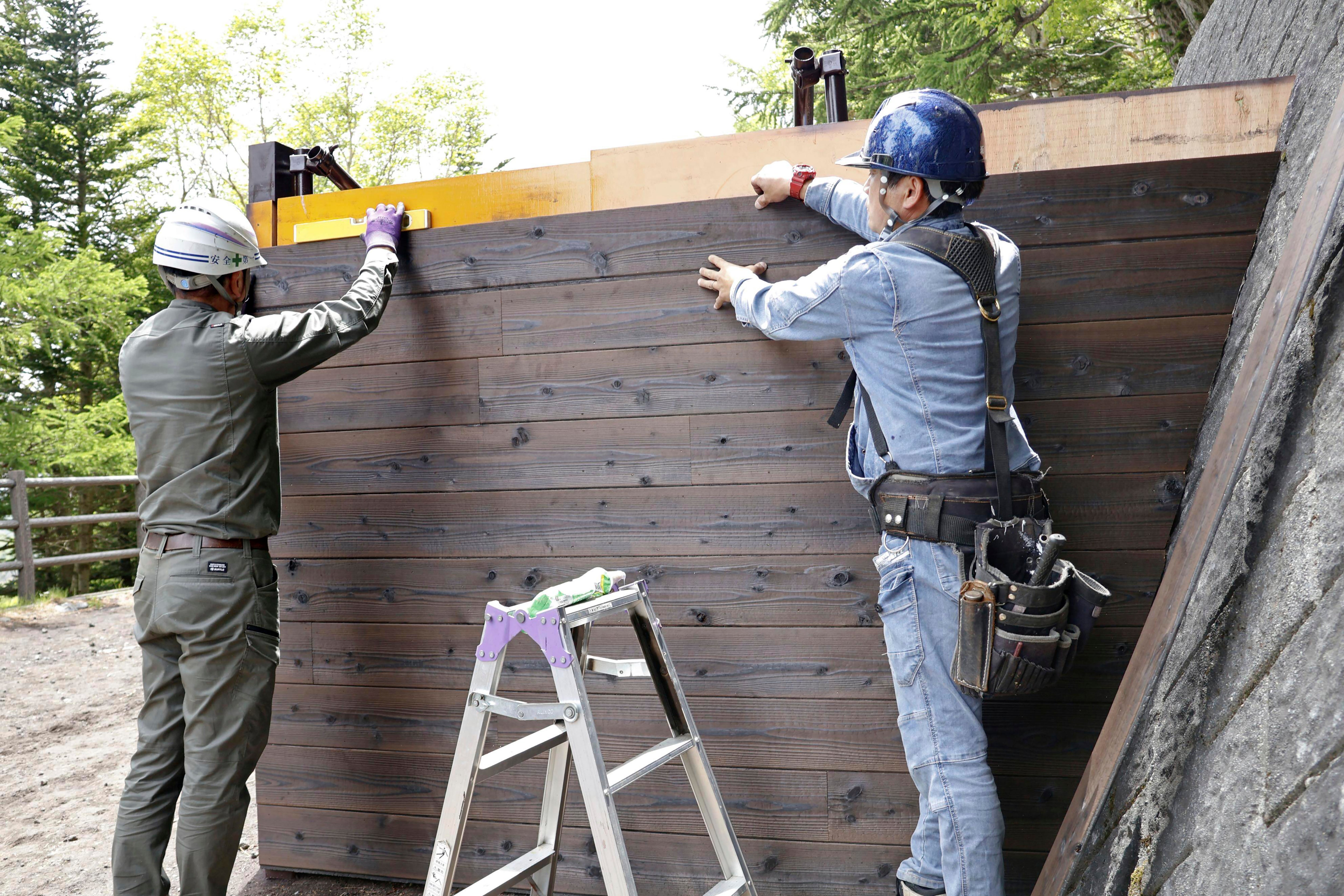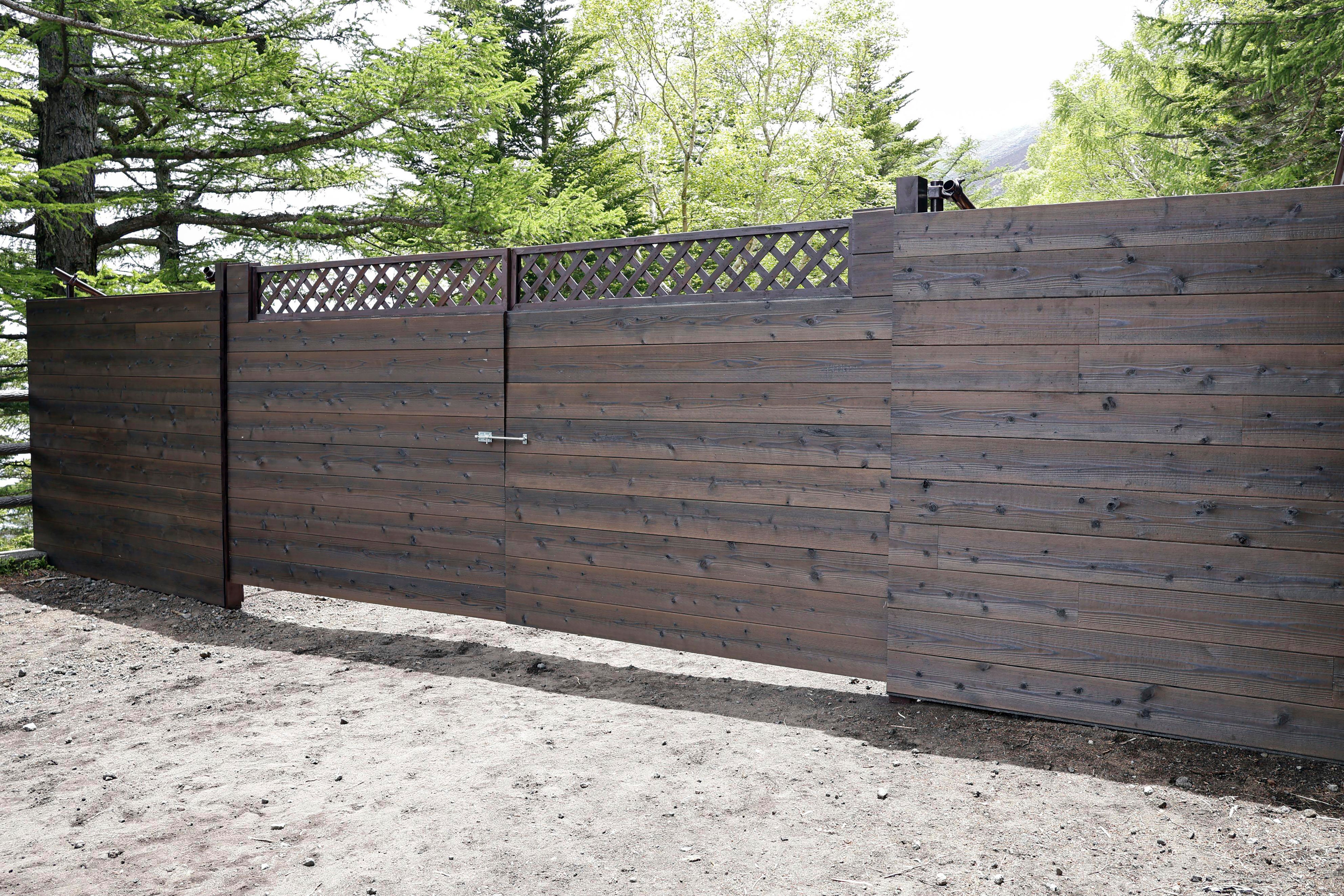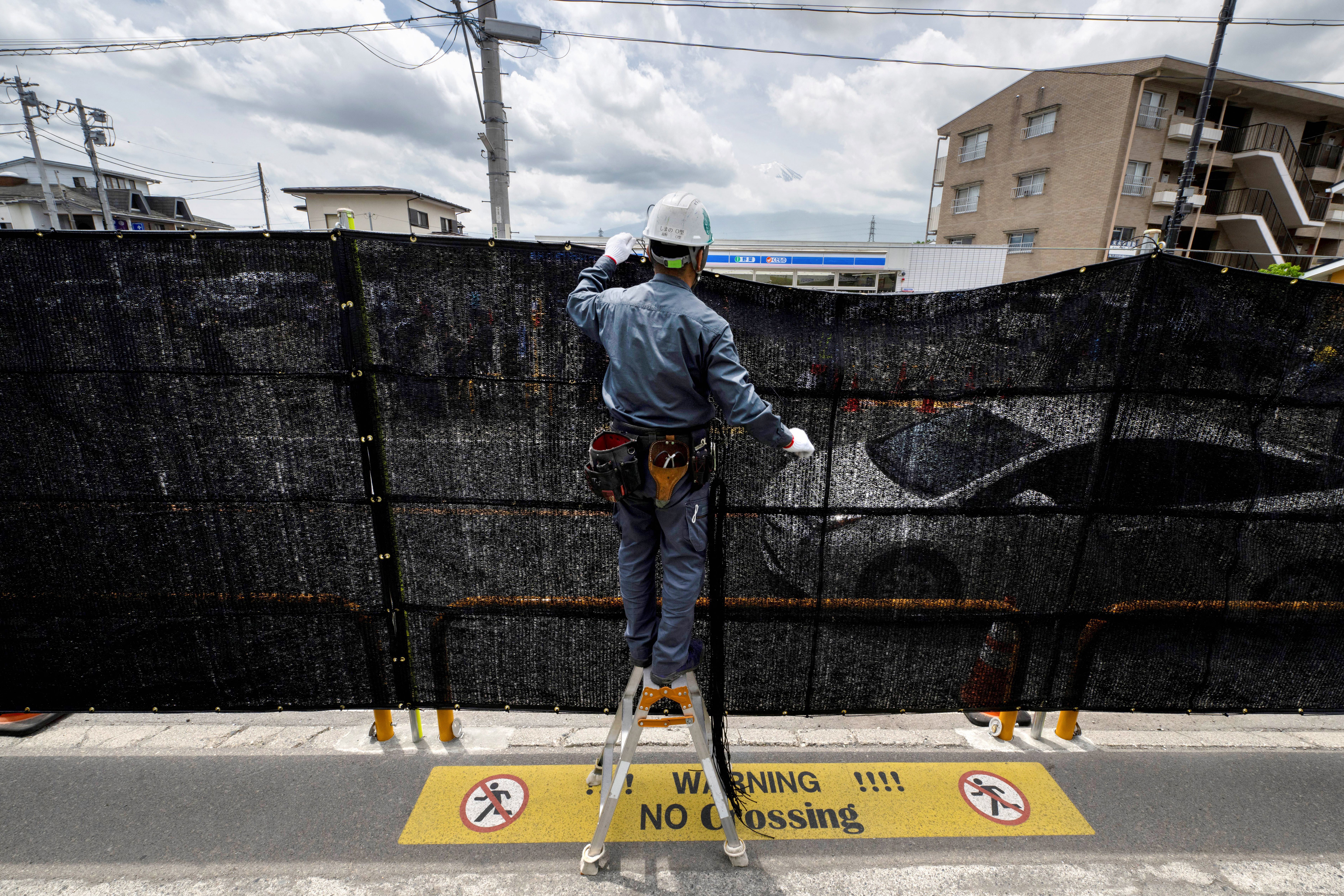Japan builds gate on Mount Fuji in latest bid to tackle overtourism
The newly installed gate will be closed between 4 pm and 3 am to lock out those who have not booked an overnight stay

A crowd-control gate has been installed halfway up Japan's Mount Fuji.
The gate went up on Monday ahead of the July 1 start of this year's climbing season, but the governor of Yamanashi, one of the two prefectures that are home to the mountain, said additional measures are needed to control overcrowding on its lower slopes.
The gate was completed as part of a new set of rules that Yamanashi is introducing this year to address growing safety, environment and overcrowding problems on the mountain.
Under the new system, climbers must make reservations and choose between a day hike or an overnight stay at one of several huts along the trail. There is a mandatory hiking fee of 2,000 yen (about $12.70) and an optional donation of 1,000 yen (about $6.35) for conservation.
A QR code is sent to climbers’ smartphones to be scanned at the gate, which is halfway up the mountain in an area known as the fifth station, where the Yoshida trail begins. There are 10 stations on the mountain.
The newly installed gate will be closed between 4 pm and 3 am to lock out those who have not booked an overnight stay at a hut along the Yoshida trail, which is used by most climbers, mainly to stop “bullet climbing," or rushing to the summit without adequate rest, considered a major safety risk. A maximum of 4,000 climbers will be allowed to enter the trail per day.

“The restrictions that will take effect this year are measures to address the problems that are putting climbers' lives at risk,” Yamanashi Gov. Kotaro Nagasaki said at a news conference in Tokyo. He said the number of climbers on the trail this year is expected to surpass last year's 137,236.
“Overcrowding near the summit could lead to a major disaster, like people falling in a domino effect,” he said.
Nagasaki said he is confident that the new measures will ease overcrowding on the upper reaches of Mount Fuji, but that problems remain lower down.
He pledged to ease over-tourism on the lower levels and their surroundings, possibly by introducing a mountain railway to the fifth station, which currently can be reached by cars and buses, while promoting traditional climbing routes from the mountain's foot.
Shizuoka prefecture, which also contains part of the mountain, currently imposes no mandatory hiking restrictions. On June 10 it began an online registration system in which climbers fill in their hiking plans and are encouraged not to climb after 4 p.m.
Mount Fuji, long a symbol of Japan, was once a place for pilgrimages. Today, it attracts tens of thousands of people who hike to the summit to watch the sunrise. But the tons of trash left behind, including plastic bottles and food, have become a major concern.

Recently, the town of Fujikawaguchiko in Yamanashi erected a large black screen along a sidewalk to block the view of Mount Fuji after tourists began crowding the area to take photos of the mountain appearing to sit on the roof of a convenience store, a social media trend known as “Mount Fuji Lawson” that disrupted businesses, traffic and local life.
Overtourism has also become a growing problem for other popular tourist destinations like Kyoto as foreign visitors flock to Japan, in part because of the weaker yen.
Bookmark popover
Removed from bookmarks